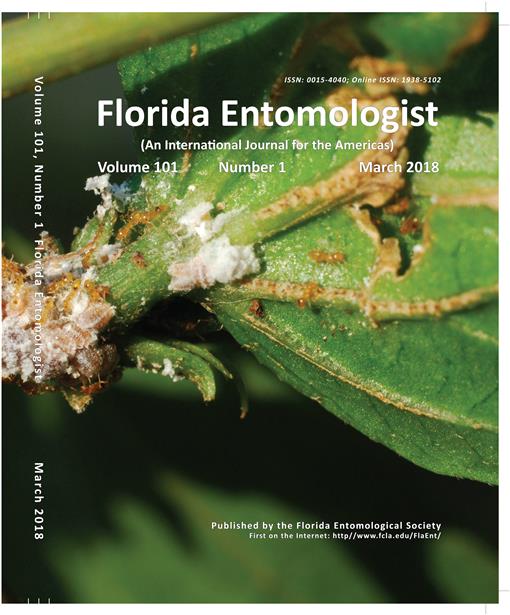Podisus nigrispinus Dallas (Hemiptera: Pentatomidae) is reared in the laboratory and released for biological control programs. The objective of this study was to evaluate, using life tables, P. nigrispinus development when fed on Anticarsia gemmatalis Hübner (Lepidoptera: Erebidae) reared on different diets, or with the alternative prey Tenebrio molitor L. (Coleoptera: Tenebrionidae). Podisus nigrispinus was reared with soybean plants supplemented with A. gemmatalis caterpillars fed an artificial diet (T1), with soybean plants supplemented with caterpillars fed soybean leaves (T2), with soybean plants supplemented with T. molitor pupae (T3), or with soybean plants supplemented with A. gemmatalis pupae from caterpillars fed soybean leaves (T4). The duration of instar V and of the total nymph period of this predator were longer when preying caterpillars fed soybean plants (T2). The survival of the nymph stage was greater when fed on soybean plants with T. molitor pupae (T3), with A. gemmatalis caterpillars fed on soybean plants (T2), and with A. gemmatalis caterpillars fed an artificial diet (T1), relative to A. gemmatalis pupae from caterpillars fed soybean leaves (T4). The weights of instar V nymphs and of adult male and female P. nigrispinus were greater when fed with T. molitor pupae (T3). Life table parameters showed population growth for this predator in all treatments except when fed with A. gemmatalis pupae (T4). The net reproductive rate (Ro), the duration of a generation (DG), and time to double the population (TD) of P. nigrispinus displayed higher values when fed with caterpillars cultured on soybean (T2) and with T. molitor pupae (T3). The rates of increase (λ and rm) value were positive in all treatments. Anticarsia gemmatalis pupae from caterpillars fed soybean leaves (T4) are inadequate prey for P. nigrispinus. Anticarsia gemmatalis caterpillars fed soybean leaves (T2) or T. molitor pupae (T3) are a more suitable food for rearing this predator than A. gemmatalis caterpillars fed an artificial diet (T1).
How to translate text using browser tools
1 March 2018
Does Diet of Prey Affect Life Table Parameters of the Predator Podisus nigrispinus (Hemiptera: Pentatomidae)?
Robson José Esteves Peluzio,
Bárbara Monteiro de Castro e Castro,
Bruno Pandelo Brügger,
Angelica Plata-Rueda,
Flávio Lemes Fernandes,
Ricardo Henrique Silva Santos,
Carlos Frederico Wilcken,
José Cola Zanuncio

Florida Entomologist
Vol. 101 • No. 1
March 2018
Vol. 101 • No. 1
March 2018
Asopinae
biological control
controle biológico
Glycine max
Heteroptera




